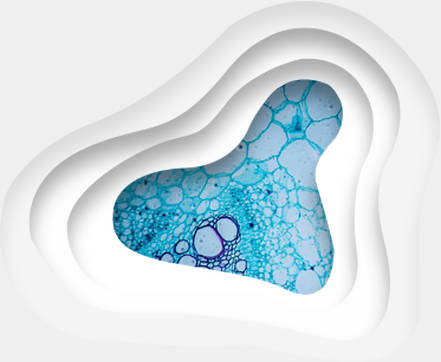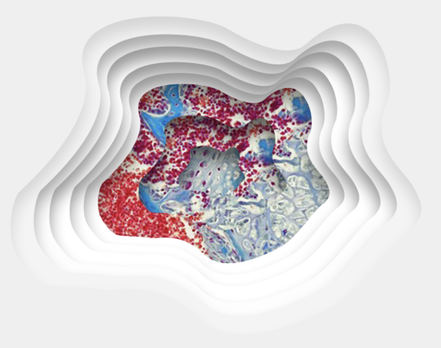Clinical trials should adequately represent diverse populations so that medical solutions can easily reach people who need them the most, but this is difficult to achieve. It’s often a problem for physicians to apply the findings of medical research to their clinical practice. This is because the participants of many clinical trials do not reflect the patient groups that the physicians serve; the participants may not be of the same race, gender, ethnicity, age, sex, etc.
This leads to considerable gaps in the clinical application of medical research, and journals like the New England Journal of Medicine (NEJM) are taking concrete steps to solve this problem.
From January 1, 2022, as a new step, NEJM will require authors to provide a supplementary table that provides background details about the disease, problem or condition, and the representativeness of the study group, to be submitted with the article to be published online.
This information will be required to be as clear and transparent as any important research feature to be included in the article.
Although this new requirement will not solve all the problems as there’s still a lot to be done to address the issue of inclusion and diversity in trials, it will surely be a small step toward fair and appropriate representation of the underrepresented participant groups in clinical trials.
The end goal is to enable physicians and other allied healthcare professionals to treat their patients better, with more relevant information at hand.
Read more about NEJM’s new policy to promote diversity in trial participation in this article.
About the author

Cactus Life Sciences
Cactus Life Sciences is a medical communication company that provides scientific strategy and content across the healthcare continuum, anywhere in the world ─ with a focus on science, innovation, and efficiency. We work alongside leading healthcare companies to establish the optimal role of medicines and encourage positive behaviors (physician and patient) that improve patient outcomes.














Excellent article! People may react differently to the same treatment depending on their age, gender, weight, color, ethnicity, and other characteristics. Clinical studies rely on volunteers, who must come from various backgrounds. Researchers can learn and identify improved therapy and illness prevention for all of us by reviewing data from a diverse group of individuals.